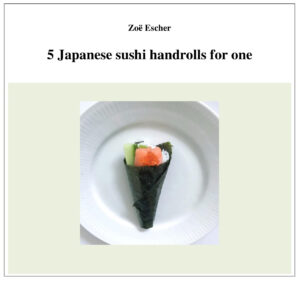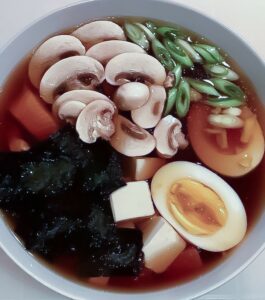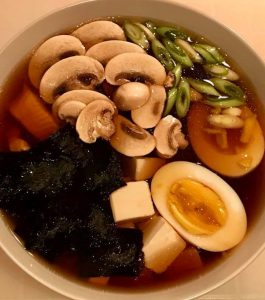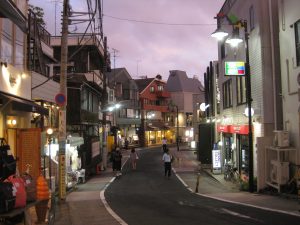
A Japanese Sushi handroll is not that widespread outside of Japan. In general, handrolls are not particularly widespread.
In Japan, Sushi handroll is considered a bit like a kind of fast food within sushi, and there are several reasons for this.
A Sushi handroll is easy to learn to make, it takes no more than 15 minutes. It is more rustic and level of hand techniques need to make handrolls and the presentation is not that high as is the case with sushi rolls or nigiri.
It takes no time to make Sushi handroll once you have learned the hand techniques. As soon as the order of the hand techniques is learned, it does not take many minutes to make handrolls.
In relation to raw materials, you can use as many raw materials as you like.
Sushi handrolls are perfect for lunch or dinner when time is short. It is also suitable for a cozy time with family or friends.
Several people have asked how to make Sushi handrolls and it has turned into a mini ebook: 5 Japanese sushi handrolls for one.
_
Zoë has lectured and held sushi courses for A. P. Moller – Maersk, Hugo Boss Nordic, Novo Nordisk, Novartis, Velux, Gorrissen Federspiel, Beierholm revision, Elbek & Vejrup and many more.






